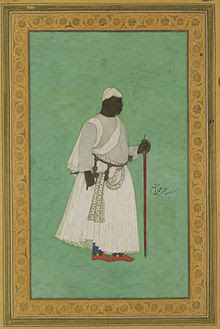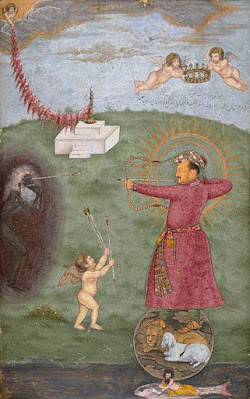Africa, the birthplace of humankind, has been treated as the backward continent from the ages. Wherever Africans have traveled they were humiliated and faced problems of discrimination because of their color or race.
Racism has its own history in the world. But in India, the story is something else.
WAS THERE RACISM IN HISTORY OF INDIA?
By catching a glimpse of the present-day social condition of India, you may have assumed that discrimination in India must be the child of the past.
But this is not true. The answer may amaze you a little. But We have some facts which can prove that Indians have never treated Africans or any other outsiders partially. While going through the pages of history, we have found mention of a lot of people who had been abdicated from various parts of Africa such as Abyssinia, Ethiopia, etc. by Arabs and sold all over the world as slaves. Many of them were also brought to India, and they were sold to the Muslim rulers who were very fond of slaves.
Feroz Shah Tughlaq was a great patron of slaves. We are told that during his reign there were 1,80,000 slaves in the capital. 40 thousand out of them were for the sultan only. Sultan established a separate department for the maintenance of slaves which was known as Diwan- i- Bundagan.
When the talents of these slaves came to light, their masters manumitted them and gave them some high positions according to their skills. Even some of them became very dear to rulers.
For instance, during the reign of sultana Razia, Jamal Ud din Yaqut, an Abyssinian slave rose to the high position of Amir al Khayl (master of stables) and later to a much prominent position of Amir ul Umara (amir of all amirs). Not only this some historians also believe that sultana Razia had a love affair with him, but this is not factually proven. This suggests that people at that time were not employed according to their race but according to their skills.
Malik Amber, the other example of such greatness, was born in Ethiopia. He served the Nizams of Ahmednagar as a slave but when his abilities came to light he was manumitted by his master and made the regent of the Nizamshahi dynasty of Ahmednagar. He built the fort of Janjira on the coast of Konkan, which both Marthas and Mughals failed to conquer. At the height of his power, it is said that the Nizamshahi of western Deccan was simply referred to as Amber Land.
Along with these, there is mention of some African nobles who defeated their overlords and became independent rulers. One of them was Saif Ud din Feroz Shah who became the ruler of Bengal after defeating Barbak Shah in 1487 AD. He was an Abyssinian who rose from the dust of slavery and led the foundation of Habshi rule in Bengal. He is well known for the construction of Firoz Minar in Gauda.
When towards the end of the 14th-century Tughlaq dynasty was declining, Malik Sarwar, governor of Jaunpur (Uttar Pradesh) snatched the territory from the Delhi empire and declared himself independent. He was a Siddi by descending. He took the title of Mali-us-Sharq and established the Sharqy dynasty. For the upcoming hundred years, the African Sharqi dynasty ruled the state of Jounpur.
Siddis: Lost Indo-African Community
While talking about Africans in India, mention should be made of the Siddis (also known as Sidis, Sheedis, or Habshis) who have originated from Ethiopia and came to India in 628 AD. They were the wealthy people who lived in Adoni (Kurnool, Andhra Pradesh) under the Vijaynagar empire, but soon after Vijaynagar empire declined and. Bijapur sultanate took over Adoni and made Siddi Masood khan the governor of Adoni.
The siddhis are were very wealthy and prosperous people at that time, but now they have just become a tribe who are living in misery. There are about 30,000 thousand Siddhis in India mainly concentrated in Gujarat, Telangana, and Karnataka. Poverty, lack of access to education, lack of awareness about their history are some of the reasons due to which they live in misery.
Many Mughal paintings convey the story of the togetherness of Africans and Indians. In these paintings, Africans and Indians are shown sitting together and spending their quality moments with joy.
India, from the ages, has accepted the outsiders without worrying about their race or color. What we are witnessing in India today is not racism. It is just the conflict between different cultures.





